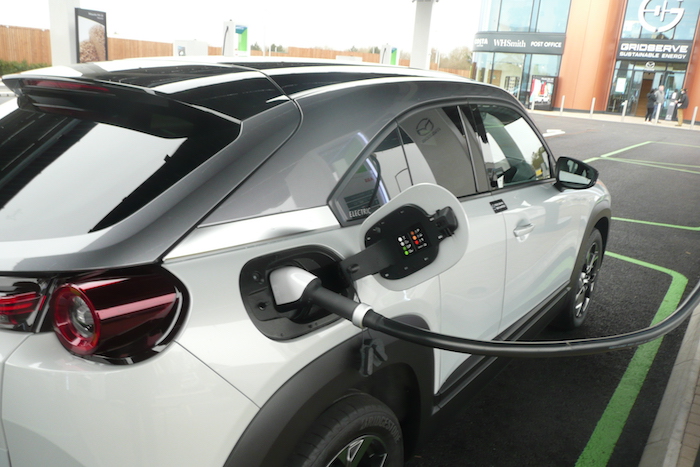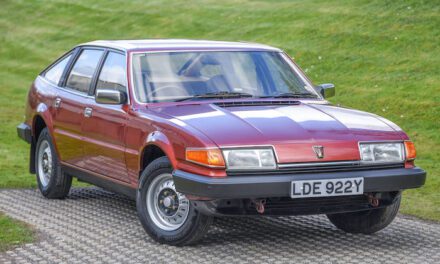If you’ve started seeing more electric cars on the road and are considering buying or leasing your own, now is the perfect time. Not only are these cars cheaper to maintain and run than traditional petrol or diesel vehicles but they are also great for the environment.
With fuel-powered vehicles starting to be phased out, it’s in your best interest to make the switch to an electric vehicle. But owning an EV can be very different and will require some getting used to. That’s why we’ve provided a guide for what you need to know to make the change as seamless as possible.
Choosing the right electric vehicle
With most manufacturers bringing out new models of electric cars each year, the market is getting bigger. This means there are plenty of models to choose from to suit your needs.
If you want to minimise the difference between vehicles as much as possible, try to go with a similar-sized car. Going with a larger model may require some getting used to with regard to handling and parking.
You’ll also need to consider the range of the vehicle. For example, if you plan to cover long distances for work or leisure, you’ll want to opt for a model with a higher range. With up to 281 miles of range on one charge, the MG4 Electric Car is the ideal model for those who plan to be on the road for long durations.
How to charge an electric vehicle
For convenience, you can install an electric charger in your home, which will allow you to replenish the battery of your vehicle when it is not in use. While new homes are expected to come equipped with a charging point in the future, the same can’t be said for older homes.
If you’d rather avoid the hassle or the expense of installing your own charger, there are other options available. Public chargers can be found in car parks, office spaces and supermarkets. With these, you pay a nominal fee to charge your car as you work or go shopping.
Getting used to driving an electric vehicle
If you’ve only ever driven a petrol or diesel car, the switch to an electric may initially take some getting used to. For starters, there isn’t a gearbox as all electric cars are automatic, which can be a big change if you’ve only ever driven a manual.
Additionally, electric vehicles have instant torque, meaning they don’t take much time to reach high speeds. Some electric cars can reach 60mph within seconds which, while great for the motorway, can take some time to get to grips with when driving on normal roads.
How to maintain an electric vehicle
In comparison with conventional vehicles, electric cars have fewer moving parts and so usually require fewer repairs or replacements. It’s good practice however to ensure the battery is in good condition.
Professional battery maintenance should ideally be performed on a regular basis to make sure the battery is running optimally. This is the most expensive component of any EV and maintenance is a crucial part of ownership.











